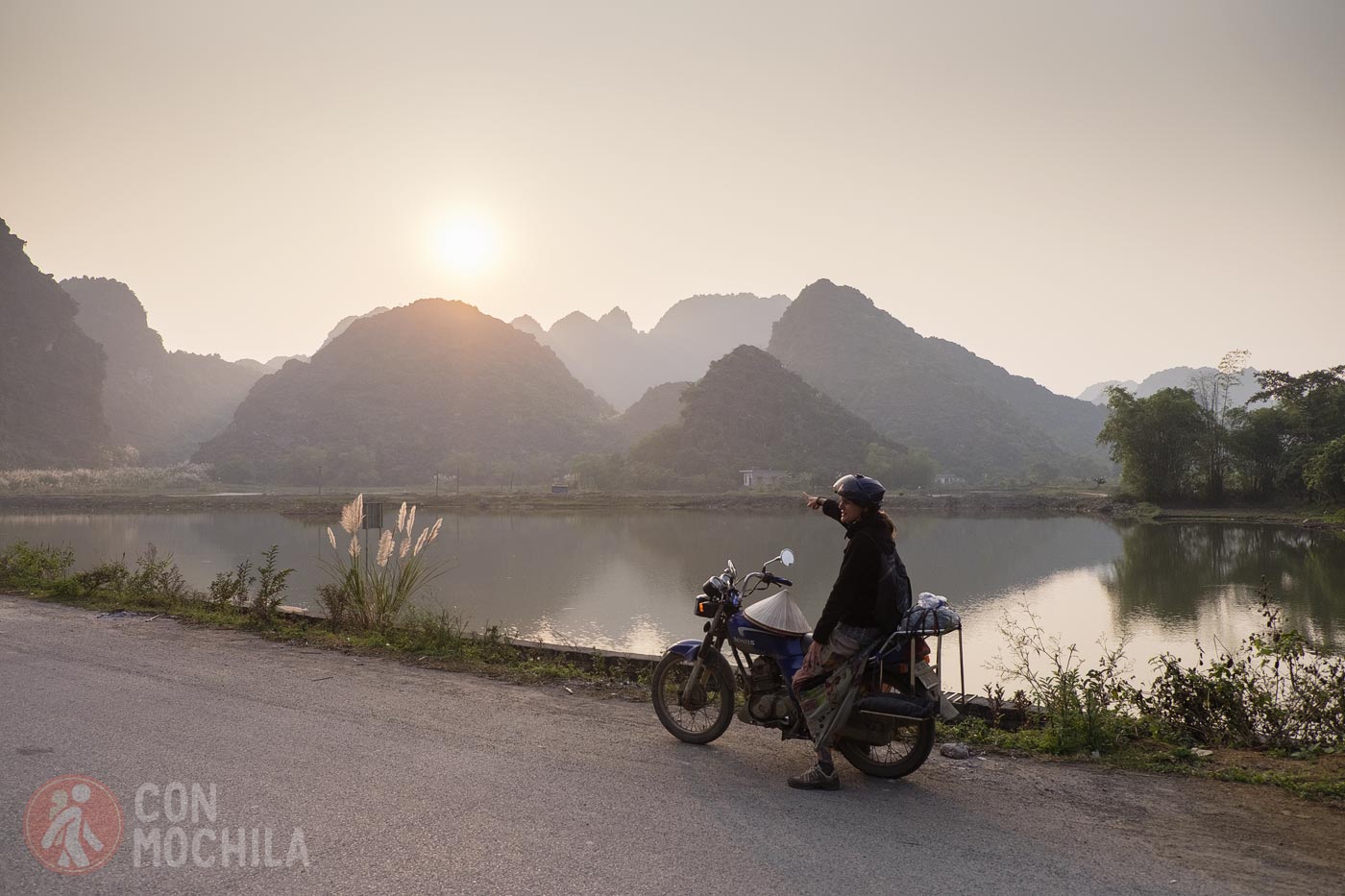The third and final stop of our excursion around Ninh Binh was the Hoa Lu Citadel, the capital of Vietnam in the 10th century during the Dinh and Le dynasties. It is located in a flat valley surrounded by small but steep limestone mountains, which formed almost impenetrable barriers to human traffic.

Although little remains of what it once was centuries ago, if you’re visiting Tam Coc, it’s worth seeing the structures that are still standing, such as a couple of temples dedicated to these dynasties.
We explored it on our own, as we had our own motorbike. If you choose this route, you’ll need to rent a motorbike first.
You can also visit from Hanoi by booking an excursion to Hoa Lu and Tam Coc, or if you’re already in Tam Coc, you can book a tour that includes Hoa Lu, Mua Cave, and sailing along the Ngo Dong River.
We arrived on our motorbike after having lunch in Ninh Binh. After visiting Tam Coc and the Bich Dong Temple, we were hungry and a bit tired, so we took a break.
As usual, people at the entrance tried to charge us for parking the motorbike, but we left it in front of a food and drink stand whose owner said we could park there for free, so long as we bought some drinks on our way out, of course.
The entrance to the citadel is completely new, including both the bridge that crosses the Ye Ngua River and the arch that welcomes you. Once you cross it, you’re greeted by a large open space with Ma Yen Mountain in the background.
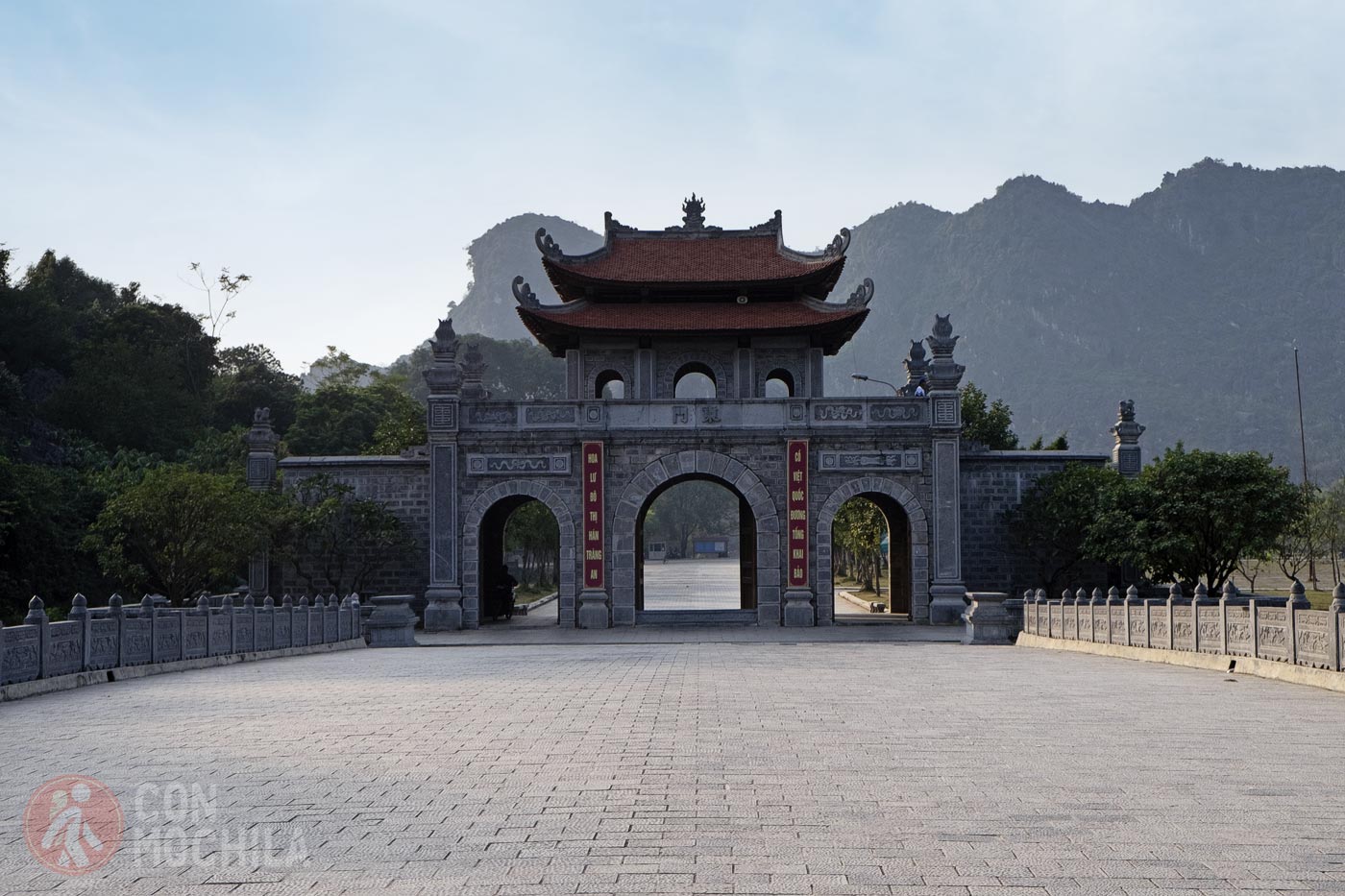
We crossed the vast courtyard and arrived at the ticket office, where we paid a small fee, studied the map of the area, and prepared to explore.
Đinh Tiên Hoàng Temple is one of the few remaining temples within the citadel. Built by local residents, it was erected near the center of the former capital to honor Dinh Bo Linh, Vietnam’s first emperor, and stands on the grounds of the former main palace of the royal citadel.
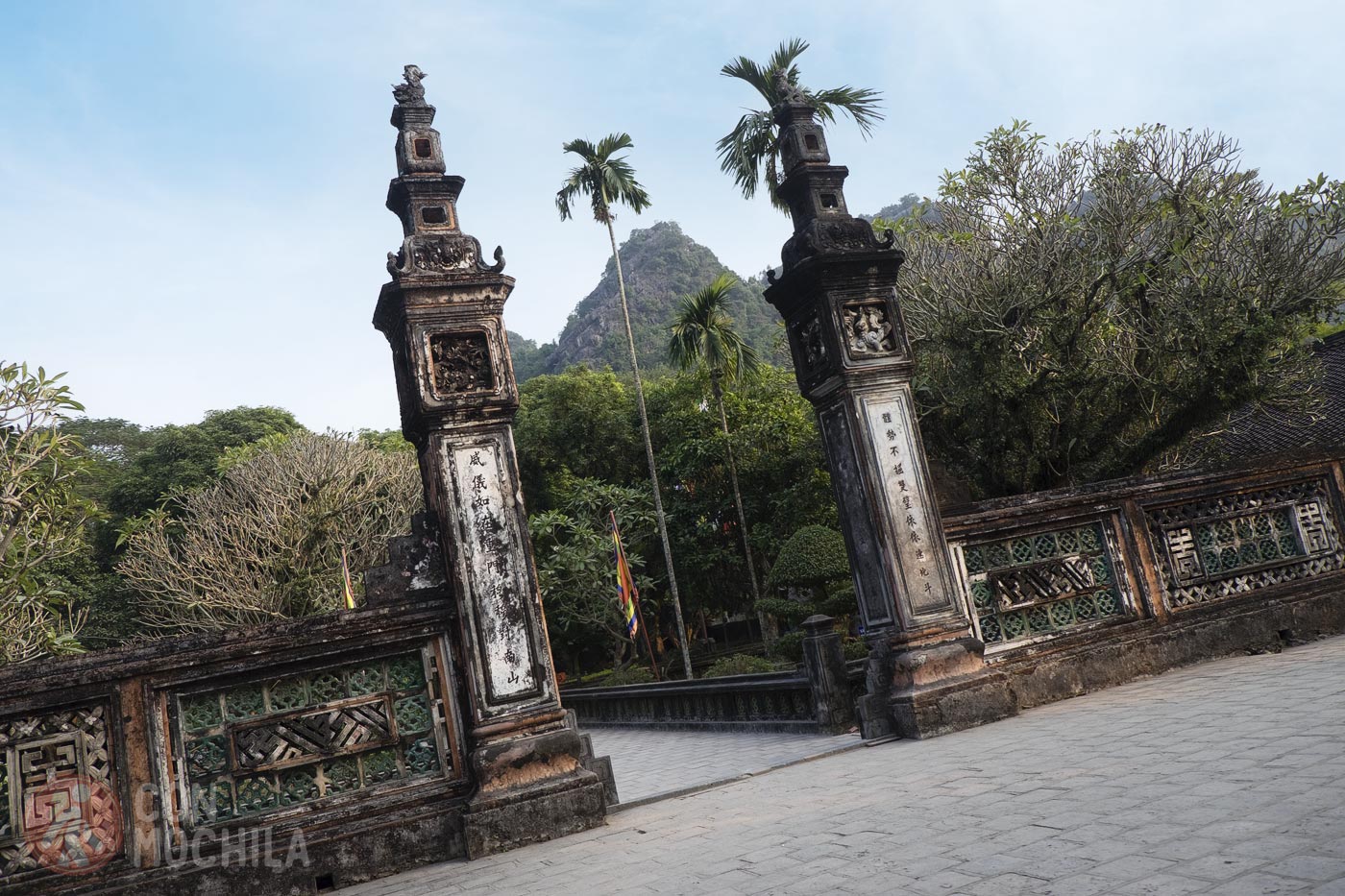
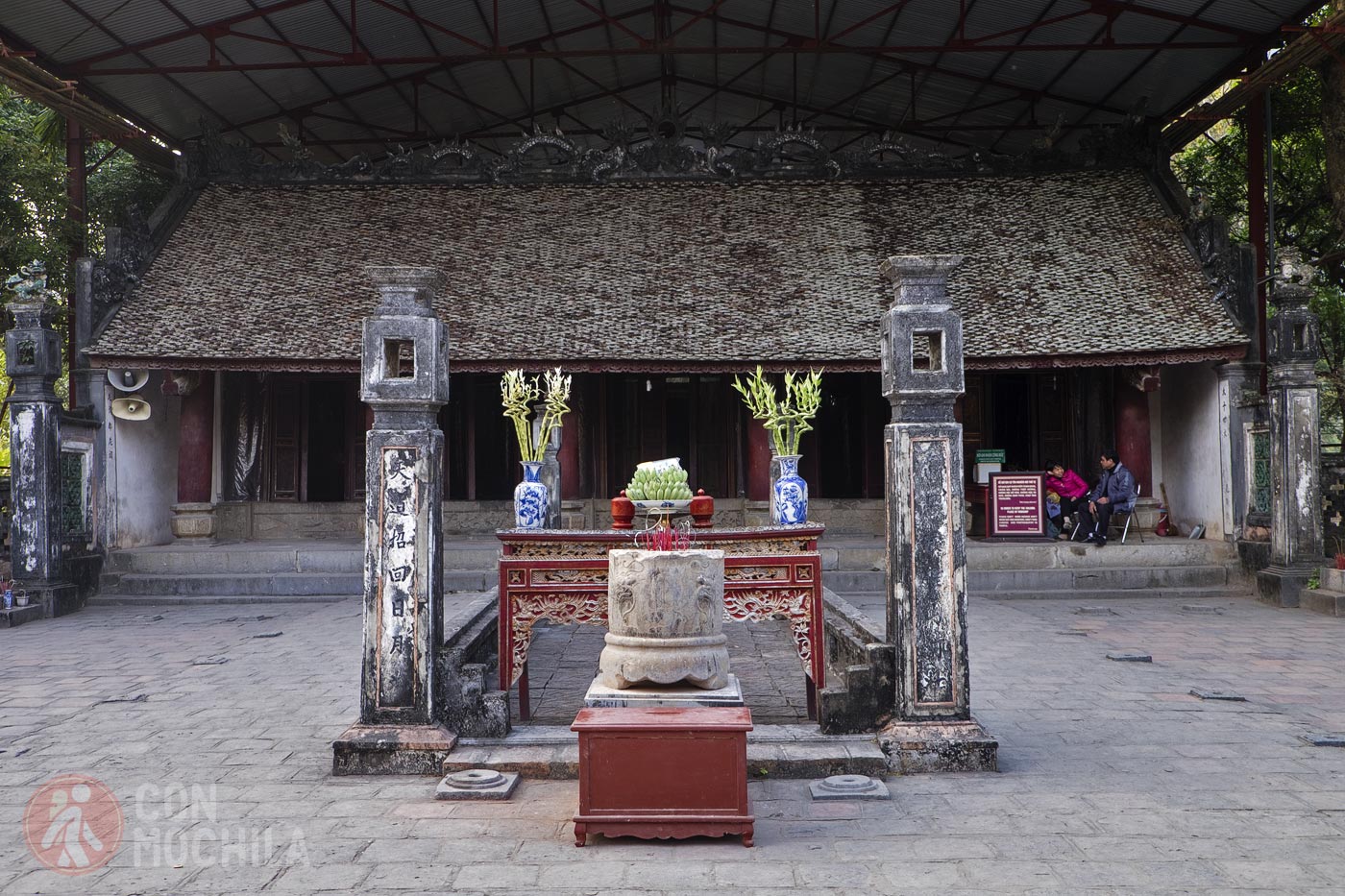
Lê Đại Hành Temple, another well-preserved temple, lies 200 meters north of Dinh Tien Hoang Temple, with Den Mountain in the background. Both temples share similar architecture and ornamentation.
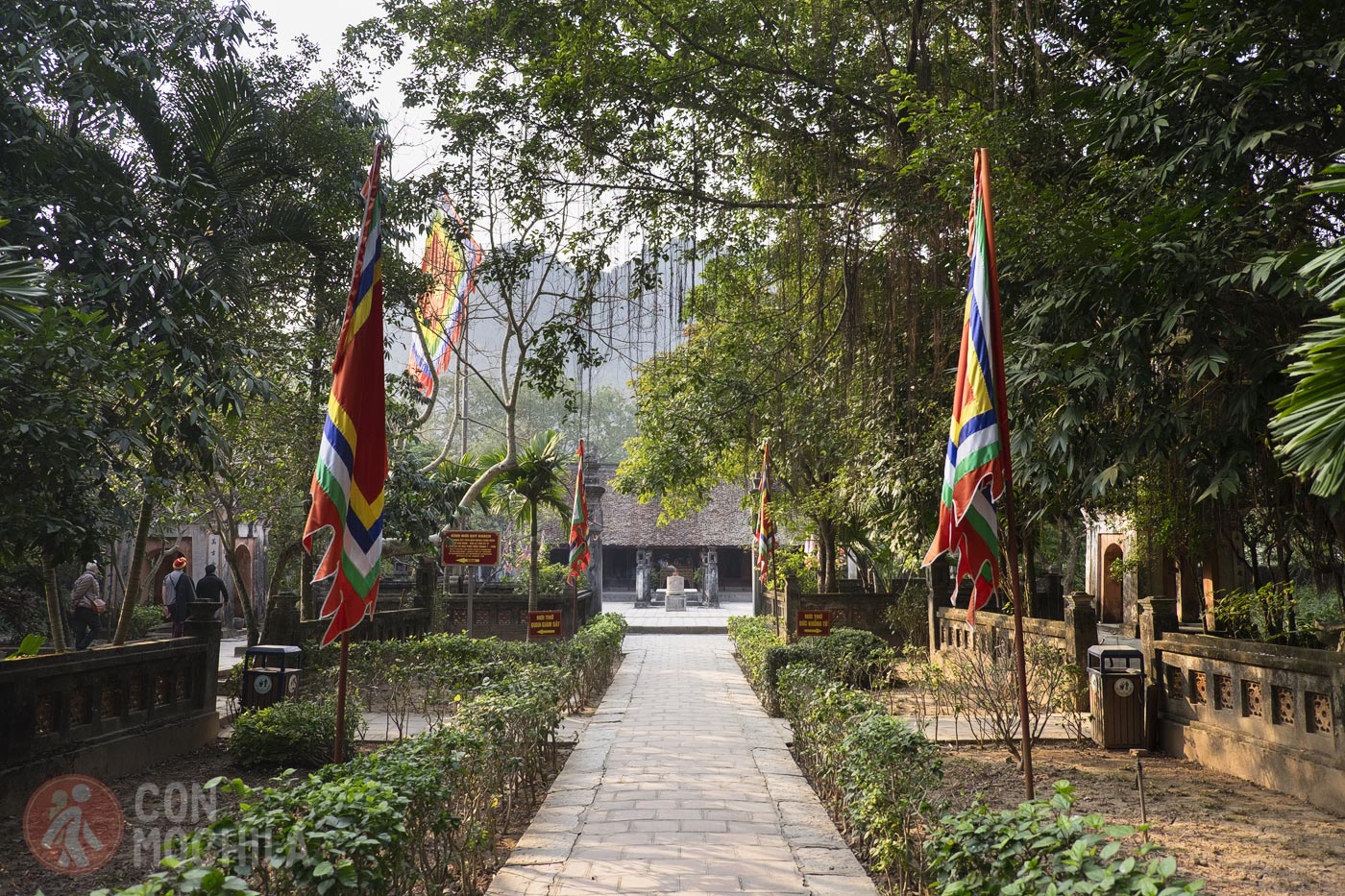
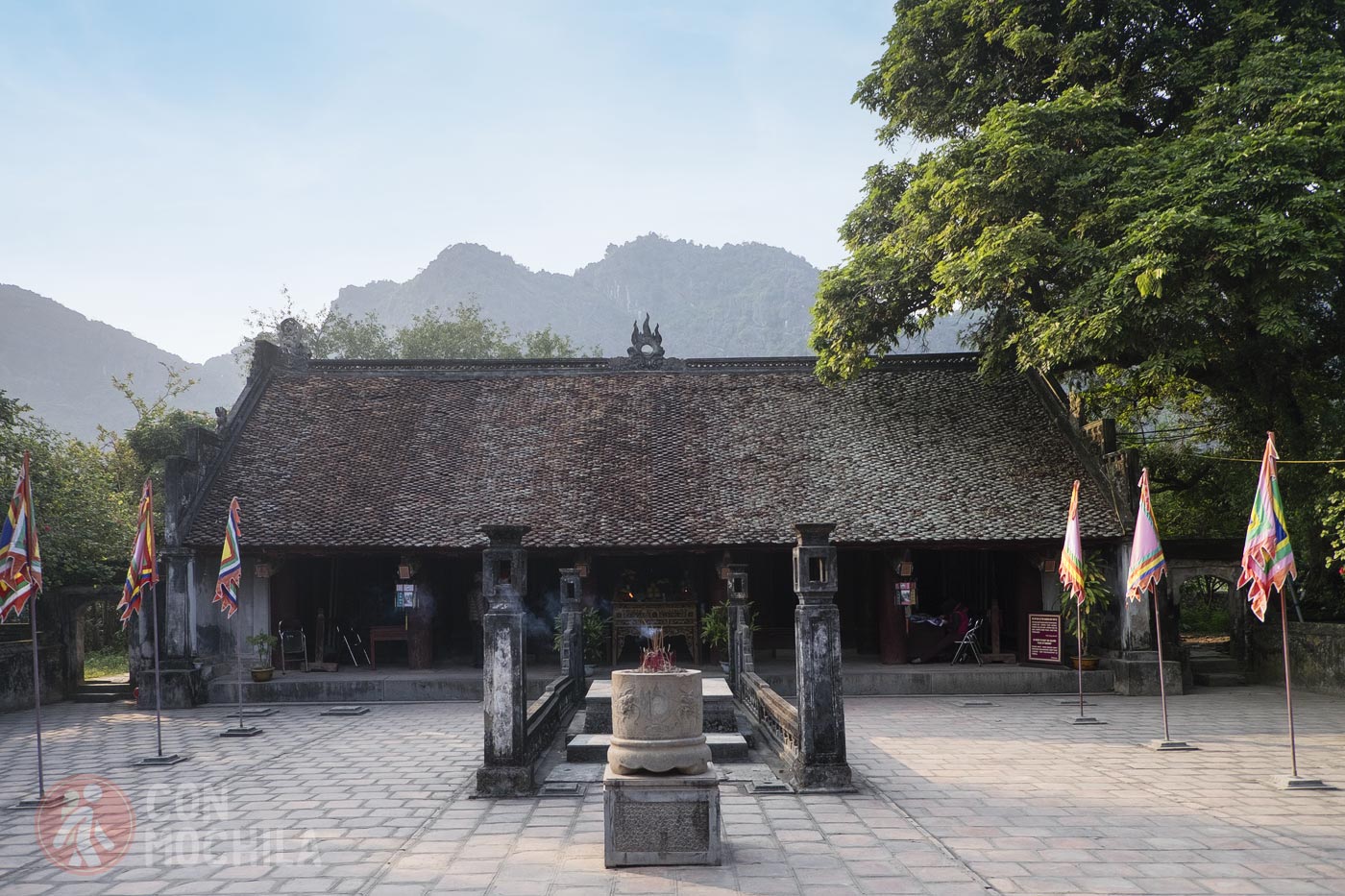
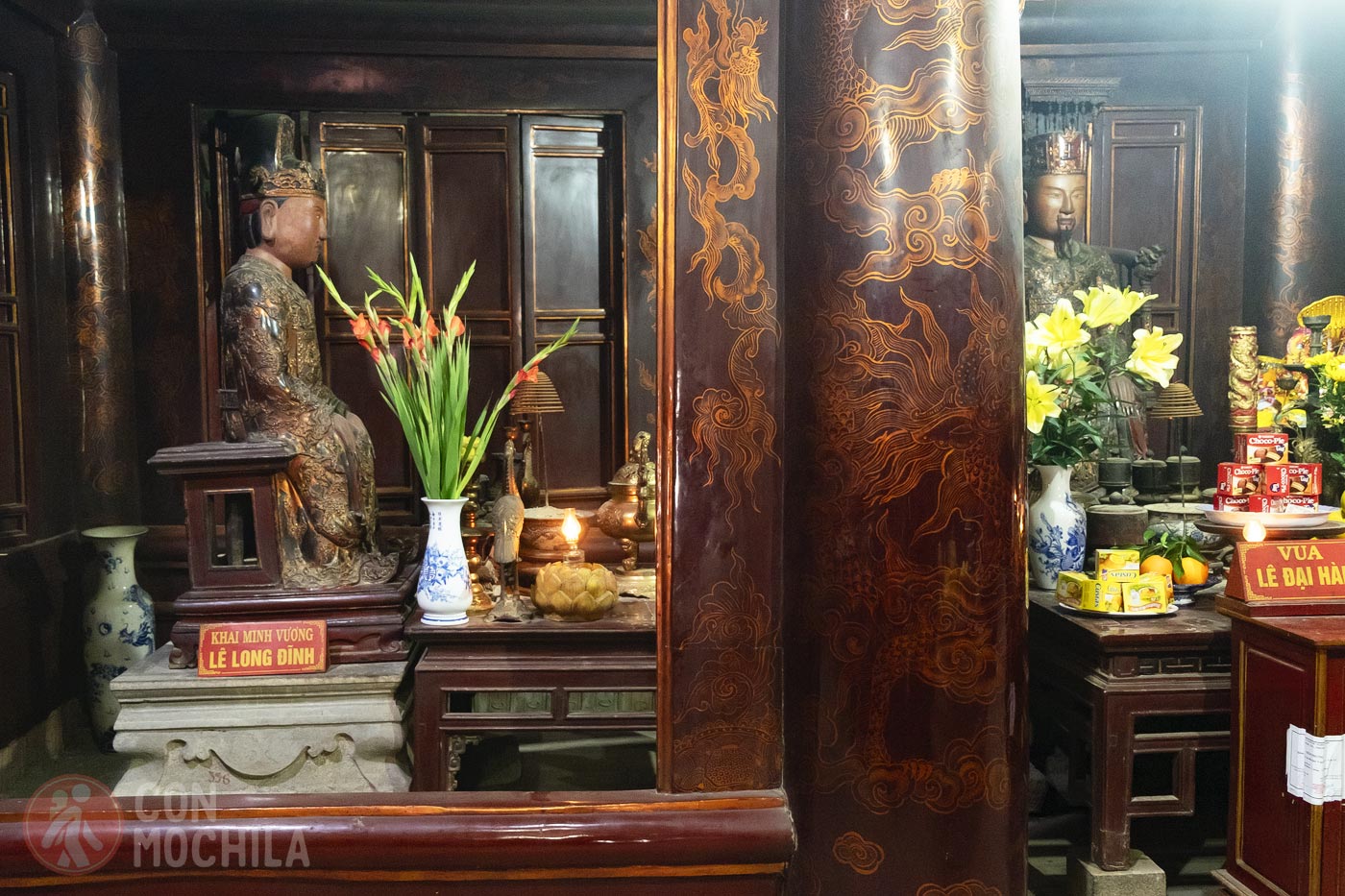
After visiting these temples, we headed to another part of the citadel, on the other side of a large courtyard where a group of young people were engaged in activities, seemingly unrelated to the few tourists present on Christmas Eve.
In this courtyard stands the Ly Thai To Stele House, a monument that holds a stone stele with inscriptions dedicated to Emperor Lý Thái Tổ. Steles are common in Vietnamese culture, used to record important events, royal decrees, or to honor significant historical figures.
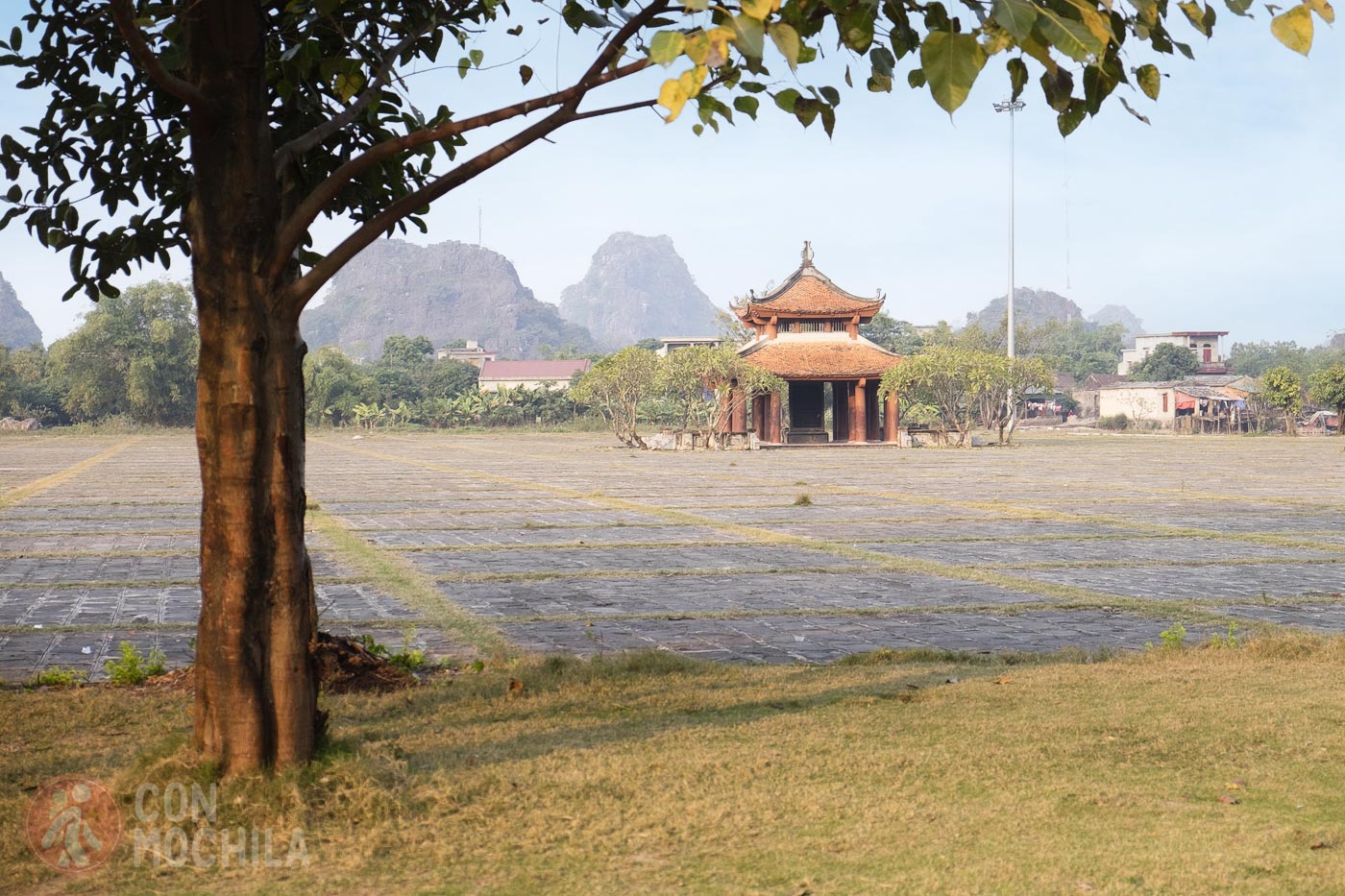
The stele recounts Ly Thai To’s accomplishments, his decision to relocate the capital, and highlights his contributions to Vietnam’s development. This monument serves as a reminder of his pivotal role in the nation’s history, and its presence in Hoa Lu underscores the site’s importance as the cradle of early Vietnamese dynasties.
It was a small area where no more than 100 people lived. A beautiful entrance arch marked the esplanade of the housing area, with all the homes being modest and harmoniously integrated into the landscape. While there, we visited several small temples hidden among the houses and greeted the elderly residents living there.
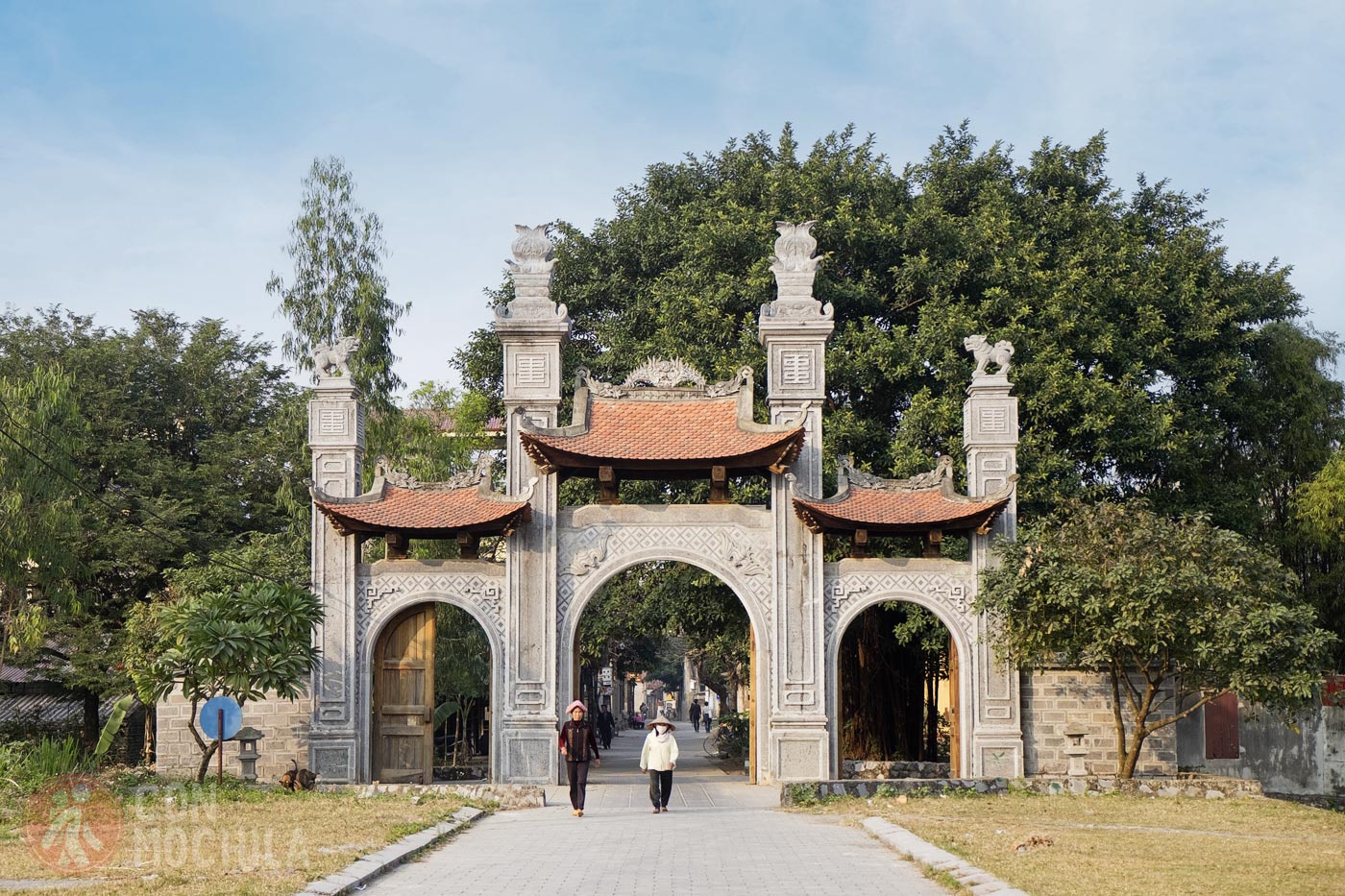
The village offers a unique experience that combines historical exploration with immersion in rural life and the natural beauty of Vietnam. It is surrounded by a breathtaking landscape of karst mountains, meandering rivers, and rice fields, adding a special charm to the area. This landscape is characteristic of Ninh Binh and is one of the main attractions for tourists.
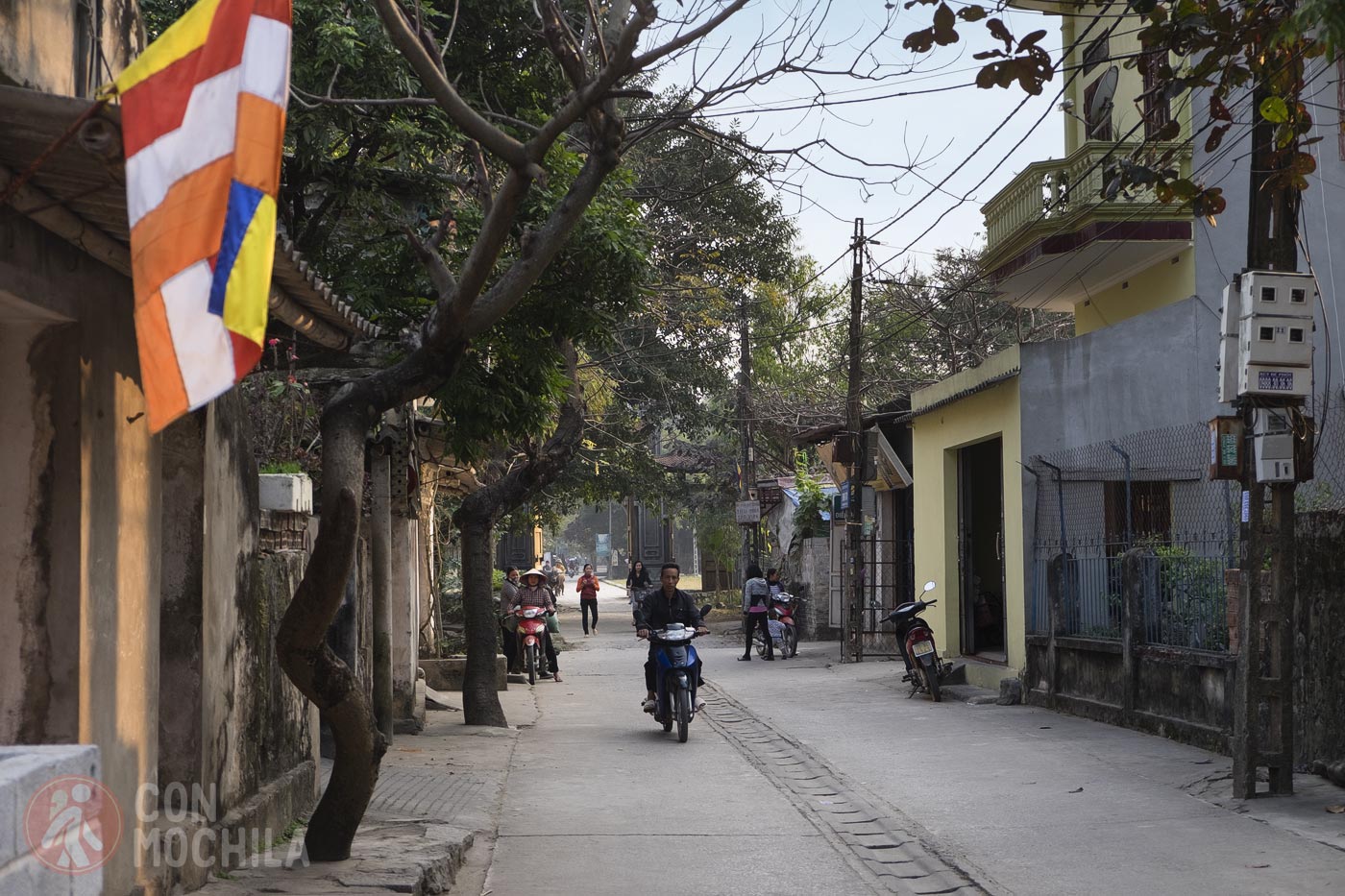
Life in Hoa Lu village remains primarily rural and agricultural. The villagers mainly engage in growing rice and other crops, as well as fishing and animal husbandry.
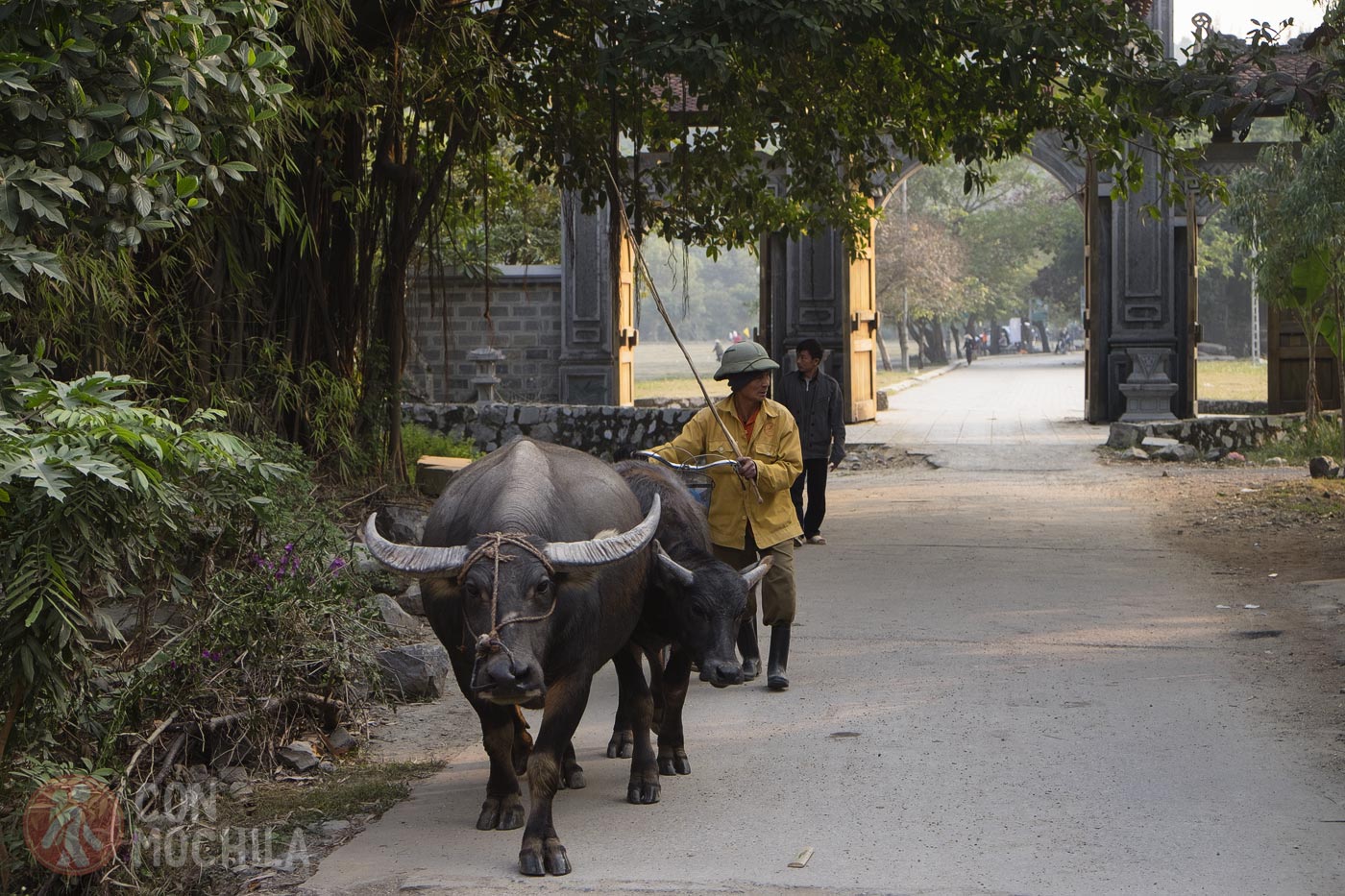
Nha Tru Pagoda was built during the reign of Emperor Đinh Tiên Hoàng in the 10th century, around 968. The temple is believed to have been erected to pray for peace and prosperity for the kingdom, and it also served as a place for Buddhist meditation and teaching.
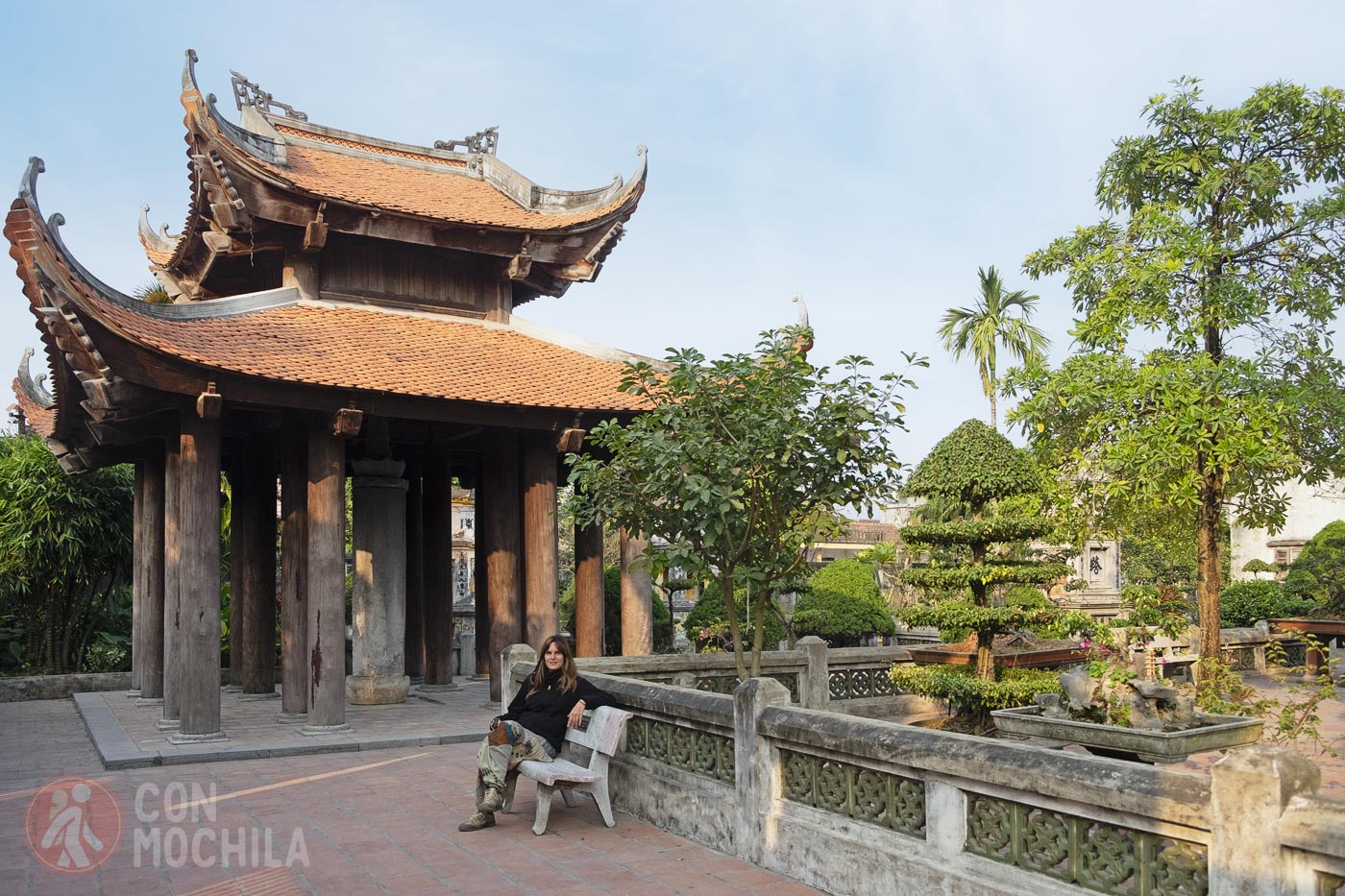
The name “Nhat Tru” means “One Column,” referring to the temple’s most prominent feature: a carved stone pillar that stands in the pagoda’s courtyard. This pillar bears Buddhist inscriptions in Sanskrit and is considered a significant historical and religious artifact.
As you stroll through the village, you’ll discover more temples scattered throughout the area. There’s nothing better than a leisurely walk to appreciate these temples and their surroundings.
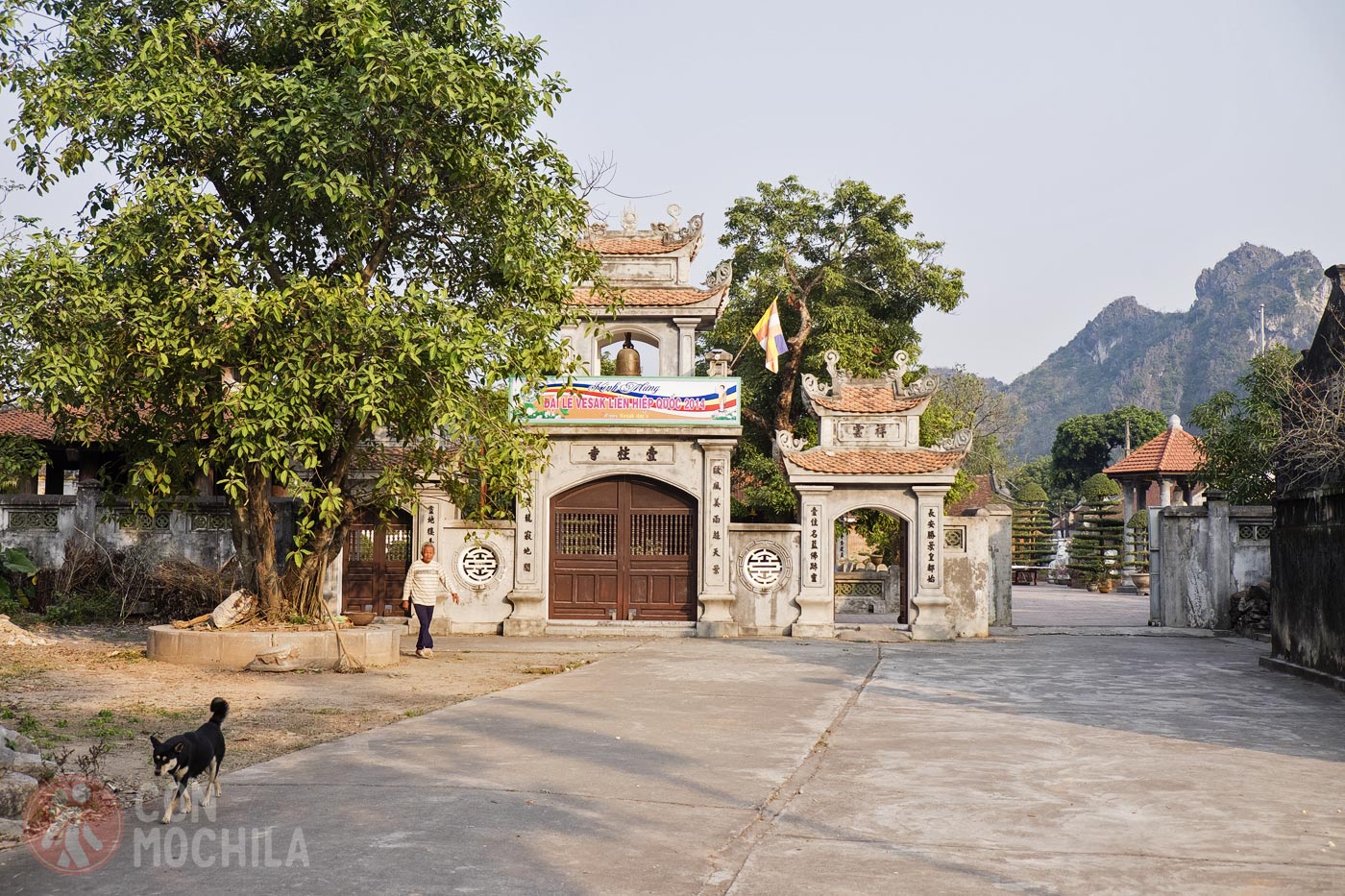
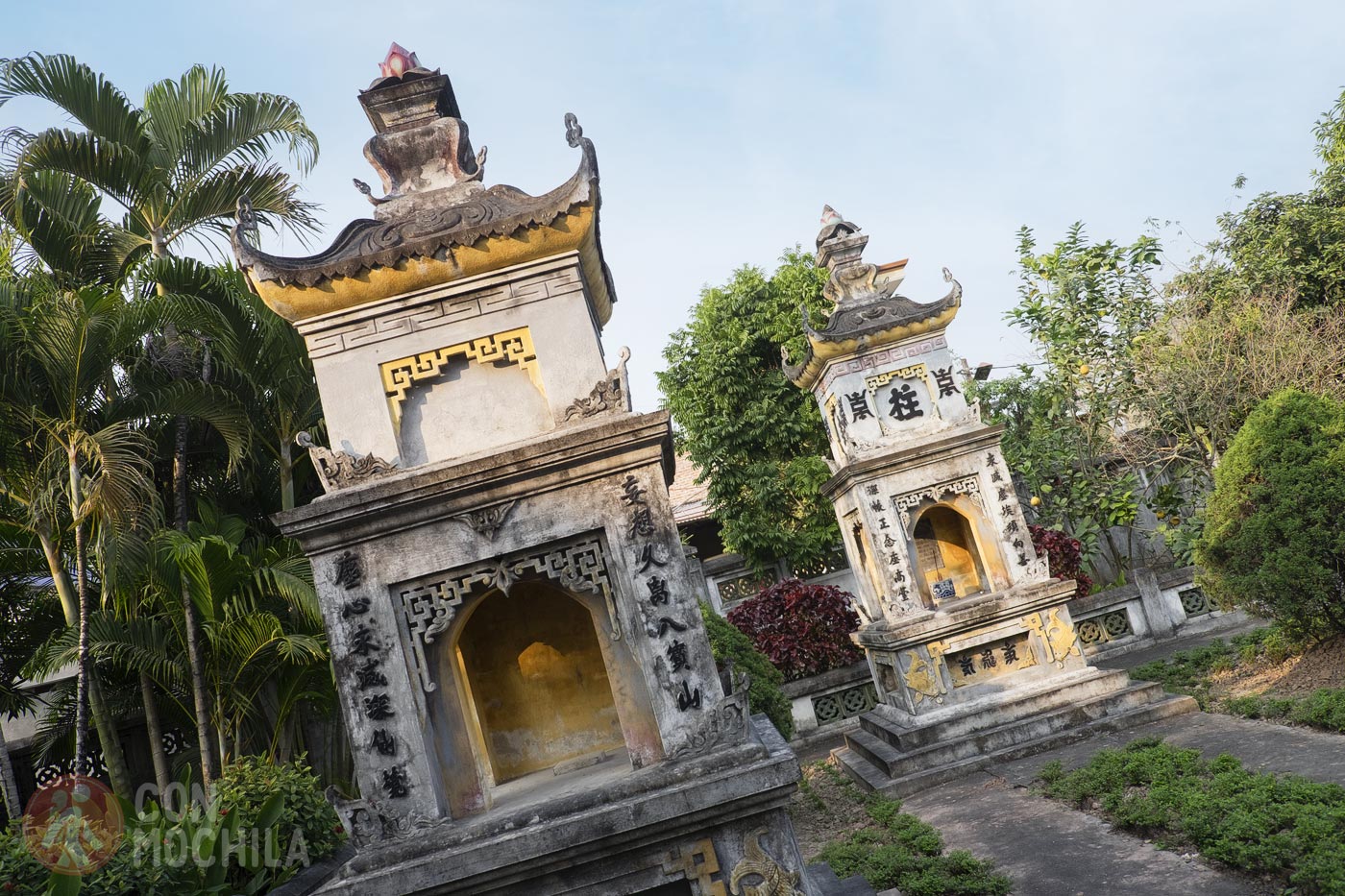
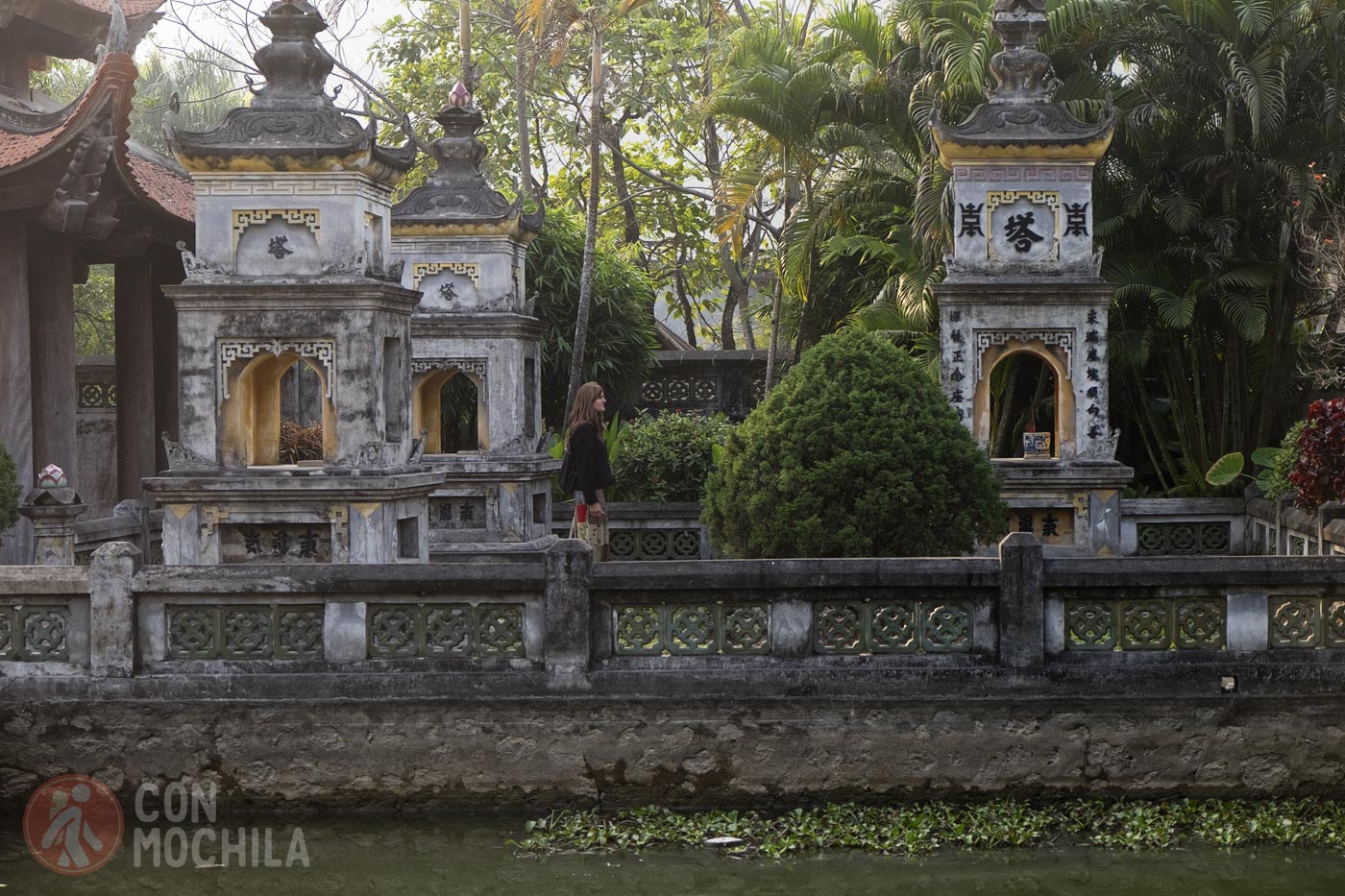
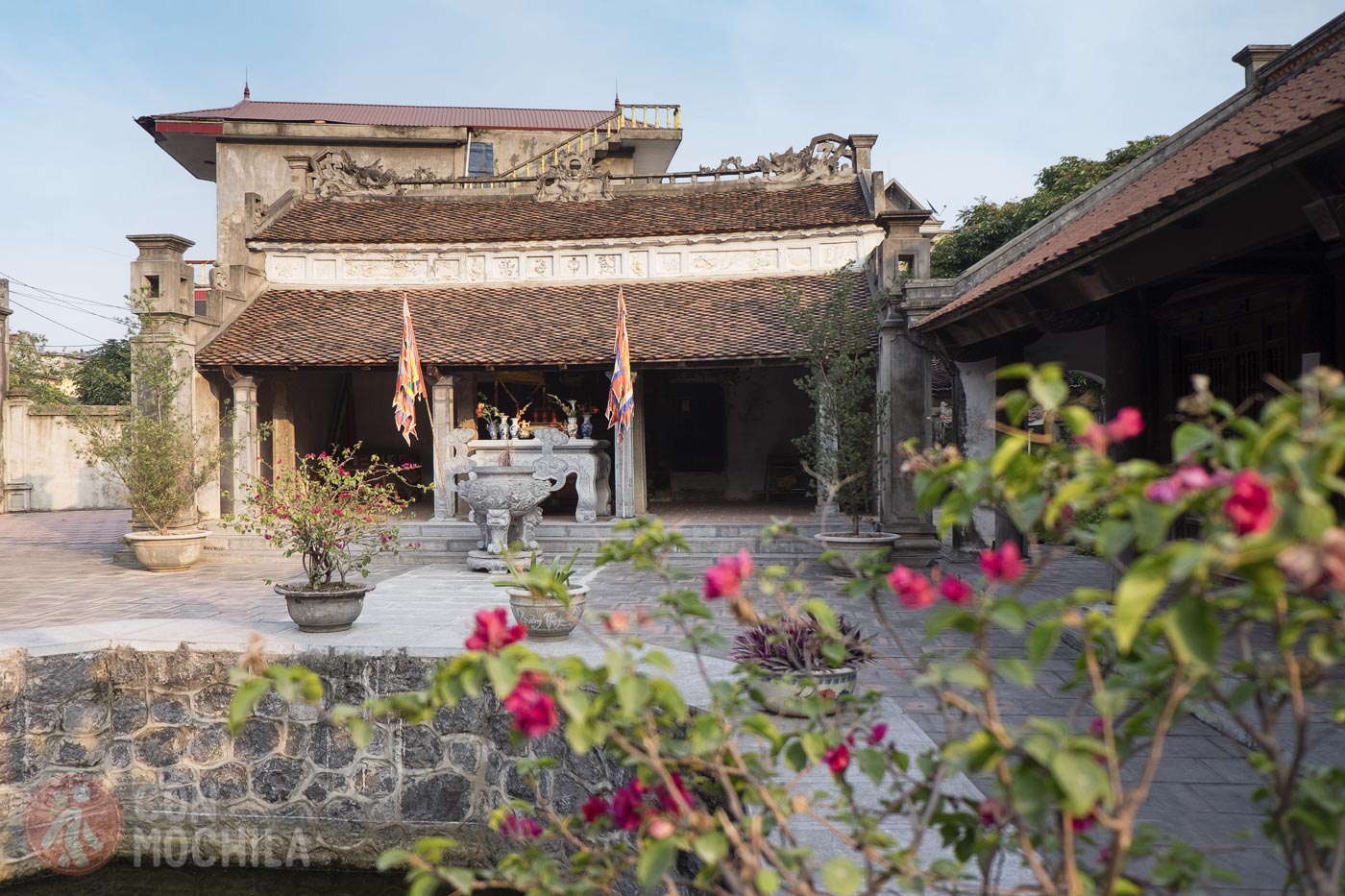
After our visit, we had to return to Ninh Binh. On the way back, we were able to enjoy the beautiful sight of the sunset while driving through the mountains.
